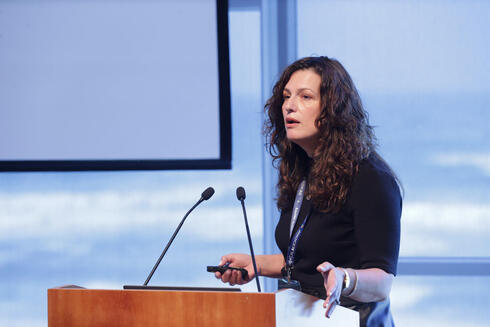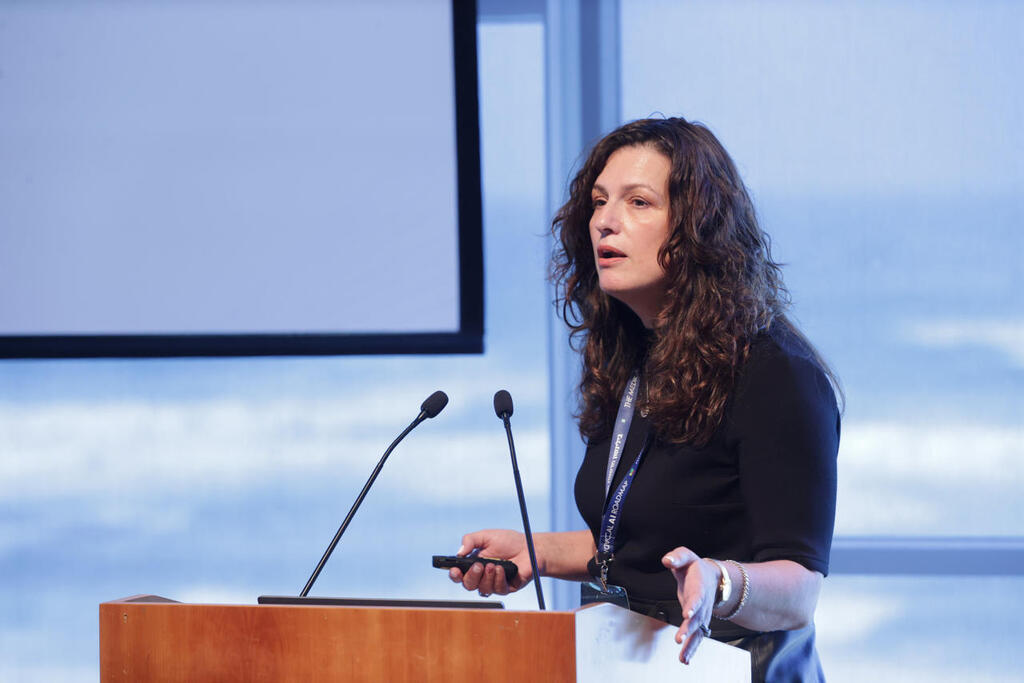
"Using existing data can prevent diseases and save lives"
Dr. Orit Wimpfheimer, Clinical Director at Nanox AI, also noted that "it is possible to leverage scans in order to extract more valuable clinical findings in the identification of chronic diseases"
"The CT scans that people undergo contain information that can save their lives and prevent chronic diseases, but it is hidden, no one uses it and it is information that is lost. For example, a person who has pneumonia comes to the emergency room and is sent for a CT scan, the resulting image contains a lot of information that no one checks because the radiologist's focus is on the referral received from the doctor regarding pneumonia. As soon as the test comes back normal, the radiologist will continue. But actually, it is possible to leverage this scan in order to extract more valuable clinical findings in the identification of chronic diseases, and this is what Nanox AI is doing," explained Dr. Orit Wimpfheimer, Clinical Director at Nanox AI, speaking at the Beilinson Conference for Innovation & Artificial Intelligence.
"The company uses the data that is held by the hospital regardless. For example, during the entire Covid period there were huge amounts of CT scans that came in." According to Wimpfheimer, "we can try to use this information to detect diseases early and save people."
"For example, it is possible to identify calcium that suggests the presence of heart problems. If there is a high level of calcium in the arteries, there is a risk of some kind of cardiac event. The company's solution, which is based on artificial intelligence, automatically knows how to alert the radiologist that there are findings of potential heart conditions in that person and then the next heart attack can be prevented by early detection.
"Another product of the company that is already in use deals with bones. On the same CT scan, it is possible to identify compression fractures in the vertebrae and problems with low bone density that can indicate potential osteoporosis. The product alerts the radiologist that this person has a decrease in bone density and this can lead to the early detection of bone diseases.”














